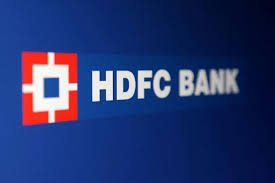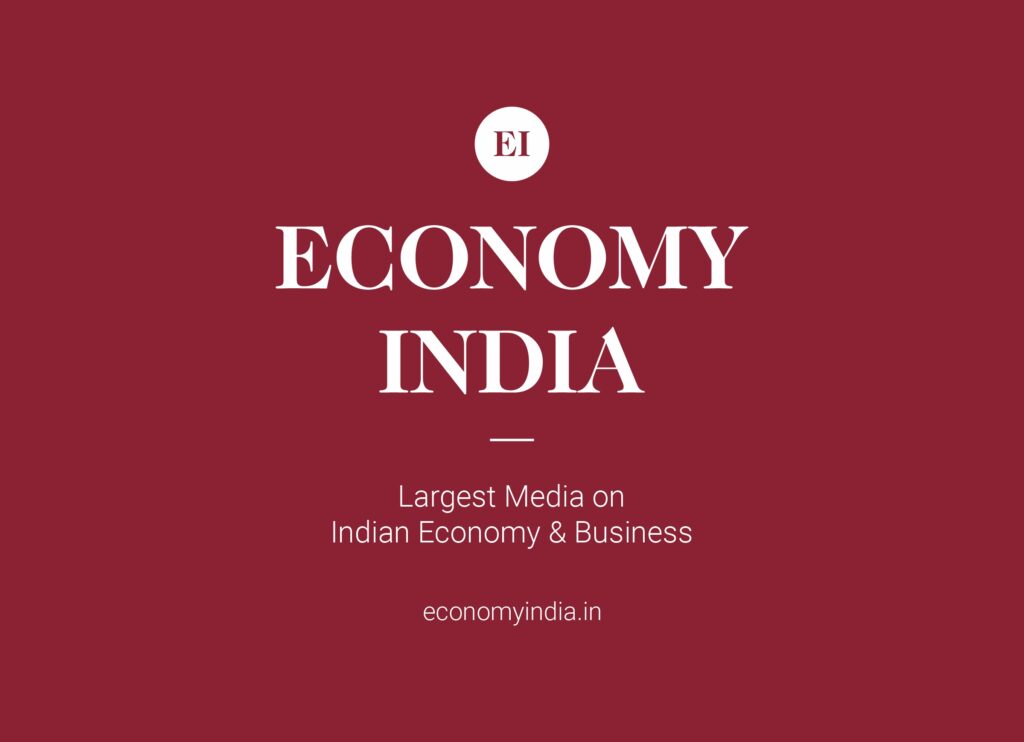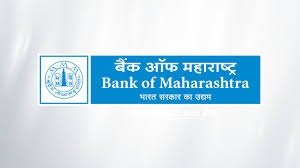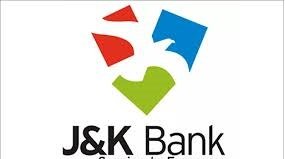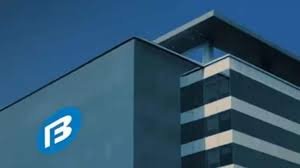India’s largest private sector lender reported a strong September quarter, posting a net profit of ₹18,641 crore, driven by robust loan growth and controlled NPAs. The bank’s total income reached ₹91,041 crore, up from ₹84,220 crore last year.
By Economy India Business Desk
New Delhi | October 18, 2026
HDFC Bank Delivers Solid Q2 Performance
HDFC Bank, India’s largest private sector lender, has reported a net profit of ₹18,641 crore for the second quarter (July–September 2026), marking an 11% year-on-year increase compared to ₹16,821 crore in the same quarter last year.
The bank’s total income rose to ₹91,041 crore, reflecting healthy growth in both interest and non-interest revenues. Out of this, ₹63,117 crore was spent on operational expenses such as employee salaries, utilities, and deposit servicing, leaving ₹18,641 crore as profit after tax.
Stable Asset Quality and Loan Book Growth
According to the results released on October 18, HDFC Bank maintained a stable asset quality position, despite the broader economic headwinds. Its focus on retail lending, SME financing, and digital banking expansion continued to drive strong credit growth.
Analysts say the bank’s profitability metrics highlight its operational efficiency and prudent risk management.
“HDFC Bank’s consistent growth in profits despite high competition and liquidity challenges shows its robust fundamentals,” said Ramesh Nair, banking analyst at Axis Securities. “Controlled NPAs and expanding loan book remain the twin engines of growth.”
What Is a Non-Performing Asset (NPA)?
An NPA (Non-Performing Asset) refers to a loan or advance on which the borrower has stopped making interest or principal repayments for 90 days or more. In such cases, the loan is classified as a “bad loan,” impacting a bank’s profitability.
Under RBI regulations, commercial banks must label loans as NPAs if payments are overdue for more than 90 days. For non-banking financial companies (NBFCs), the limit extends to 120 days. This classification helps maintain transparency and ensures that banks set aside adequate provisions for potential losses.
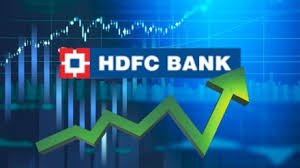
HDFC Bank’s Market Performance: Strong and Steady
The bank released its results on Saturday, October 18, when the markets were closed. On the previous trading day, October 17, HDFC Bank’s stock closed 0.63% higher at ₹1,000 per share.
In the last one year, the stock has delivered a 19% return, outperforming several peers in the banking sector. Over the past six months, it gained 4%, and over the last month, around 3%.
Since January 1, 2026, the stock is up 12% year-to-date (YTD), reflecting sustained investor confidence. The bank’s market capitalization now stands at ₹7.68 lakh crore, reaffirming its dominance in the Indian financial sector.
The Numbers Behind the Growth
| Particulars | Q2 FY26 (₹ crore) | Q2 FY25 (₹ crore) | YoY Change |
|---|---|---|---|
| Total Income | 91,041 | 84,220 | +8% |
| Operating Expenses | 63,117 | 59,482 | +6% |
| Net Profit | 18,641 | 16,821 | +11% |
| Net Interest Income (Estimated) | ~32,000 | ~29,900 | +7% |
| Market Cap | ₹7.68 lakh crore | ₹6.45 lakh crore | +19% |
The steady rise in both income and profit indicates sustained demand for credit across retail, corporate, and digital banking channels. HDFC Bank’s strong deposit base continues to support liquidity and growth expansion.
HDFC Bank’s Expanding Footprint
Founded in 1994 by Hasmukhbhai Parekh, HDFC Bank has grown into a financial powerhouse with an extensive branch network of over 9,092 branches and 20,993 ATMs across India.
Headquartered in Mumbai, the bank is led by Shashidhar Jagdishan, Managing Director and Chief Executive Officer, who has steered the institution through its post-merger integration phase with Housing Development Finance Corporation (HDFC Ltd.).
The merger has not only strengthened the bank’s balance sheet but also expanded its reach into housing finance, personal lending, and digital ecosystem integration.
Operational Efficiency and Digital Transformation
HDFC Bank continues to focus on digital banking, AI-driven risk assessment, and customer analytics to improve efficiency. Over 95% of transactions now occur through digital channels, helping reduce operating costs and expand customer engagement.
In the past year, the bank launched multiple FinTech collaborations, improved mobile banking platforms, and introduced AI tools for personalized financial recommendations.
Analyst View: Long-Term Prospects Remain Strong
Analysts remain optimistic about HDFC Bank’s long-term outlook. Despite near-term challenges such as rising interest rates and regulatory tightening, the bank’s fundamentals remain strong.
“HDFC Bank remains the gold standard among Indian lenders,” said Anita Gandhi, Director at Arihant Capital. “Its well-diversified portfolio, steady NIMs (Net Interest Margins), and strong governance make it resilient even in volatile markets.”
The consensus among major brokerages places HDFC Bank’s 12-month price target between ₹1,150–₹1,200 per share, suggesting 15–20% potential upside from current levels.
India’s Banking Landscape: HDFC Leads the Pack
With a consistent track record of profitability, minimal bad loans, and rapid digital adoption, HDFC Bank continues to set benchmarks for the Indian private banking sector.
Its strong customer base, widespread reach, and technology-driven model have made it a preferred bank for both retail and institutional clients. As India transitions toward a $5 trillion economy, HDFC Bank’s scale and stability make it a key pillar of financial growth.
Steady, Sustainable, and Strategic
HDFC Bank’s Q2 results reaffirm its position as India’s most trusted private bank. An 11% profit jump, disciplined asset management, and ongoing digital transformation place the bank in a strong position to navigate future challenges.
As it continues to balance profitability with innovation, HDFC Bank remains a cornerstone of India’s banking evolution and financial inclusion journey.
(Economy India)

